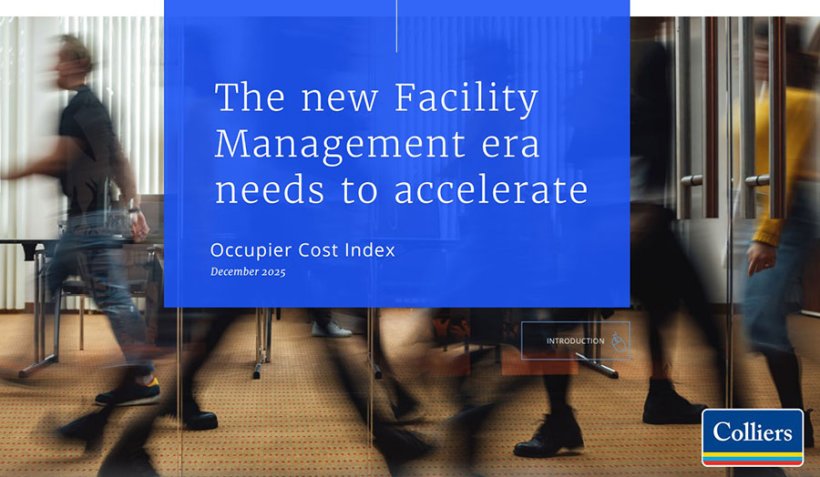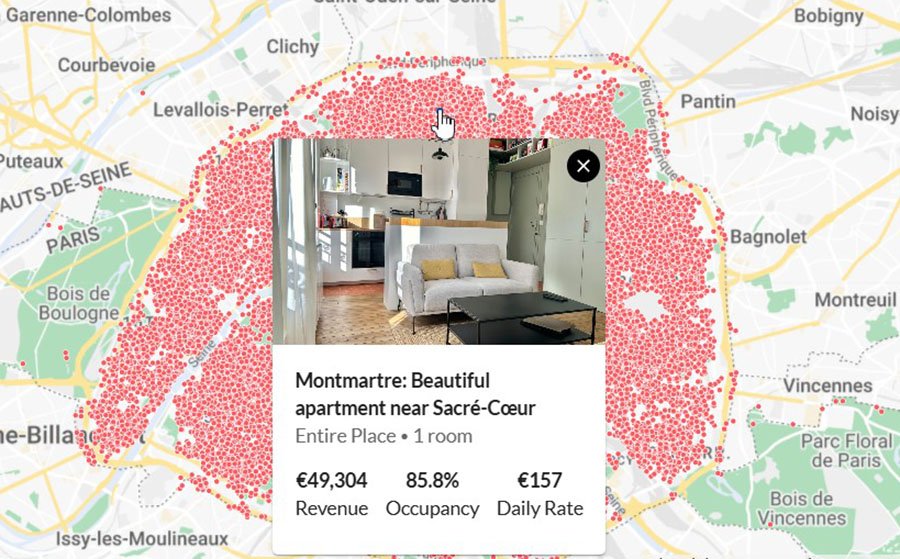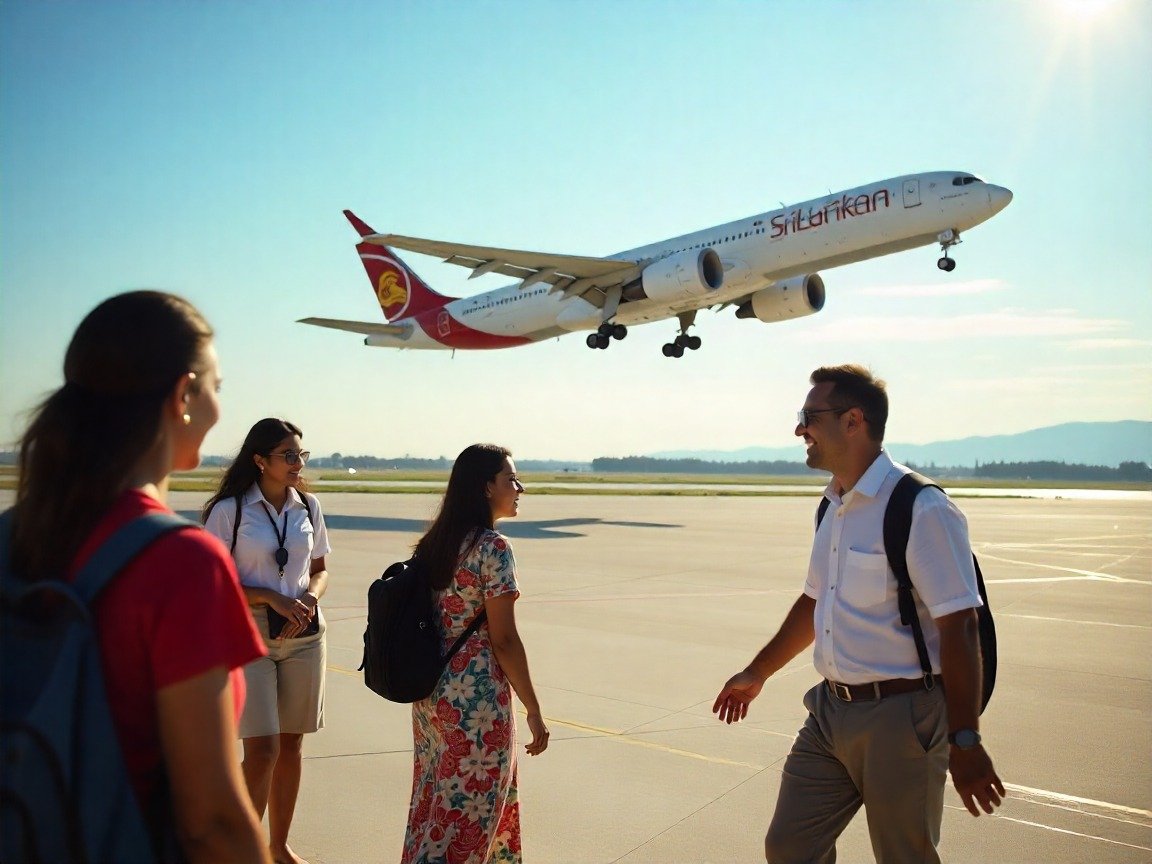читайте также
 The structure of workplace costs in Europe has shifted: Colliers
The structure of workplace costs in Europe has shifted: Colliers
 How Terrorism Is Reshaping Middle East Tourism in 2025: Risk, Resilience and Shifting Demand
How Terrorism Is Reshaping Middle East Tourism in 2025: Risk, Resilience and Shifting Demand
 Rental Market in Paris: Rate Dynamics, Occupancy, and Yields
Rental Market in Paris: Rate Dynamics, Occupancy, and Yields
 DHS Travel Ban Shock: How a Proposed Expansion to 32 Countries Could Disrupt Airlines, Tourism and U.S. Hospitality
DHS Travel Ban Shock: How a Proposed Expansion to 32 Countries Could Disrupt Airlines, Tourism and U.S. Hospitality
 Travel Surge 2025: How Lufthansa, Iberia and Hyatt Ignited Record Demand for Spain, Italy and the U.S.
Travel Surge 2025: How Lufthansa, Iberia and Hyatt Ignited Record Demand for Spain, Italy and the U.S.
 Hyatt Expands Boldly Across Portugal: Four New Hotels Set to Redefine Hospitality in 2025–2026
Hyatt Expands Boldly Across Portugal: Four New Hotels Set to Redefine Hospitality in 2025–2026
DV-2027 Will Go Ahead: Participation Requirements and Results of the Previous U.S. Green Card Lottery

Photo: Mshale.com
The DV-2027 lottery will indeed take place, despite uncertainty caused by a long absence of official updates. The U.S. Department of State confirmed the launch of the new cycle and noted that several procedural elements must be updated before registration begins. The entry dates have not yet been announced: the schedule for submissions and for checking results through the Entry Status Check system will be published later. The visa application period for winners remains unchanged — from October 1, 2026, to September 30, 2027.
Paid Registration: What Will Change
In September, U.S. authorities announced that DV-2027 registration will no longer be fully free: a symbolic $1 fee has been introduced. The rule was published in the Federal Register and has been in effect since September 16, 2025. Even such a small amount may pose difficulties for applicants in countries with limited electronic payment options.
Previously, the fee was charged only to winners — $330 for processing the immigrant visa application. The new payment is expected to generate about $25 million annually and partially cover the program’s administrative costs. According to the Department of State, this distributes the burden more fairly across all participants, not only those who advance to the visa stage.
The program has existed since 1995 and annually allocates 55,000 visas to applicants from countries with low immigration levels to the U.S. Demand remains consistently high — the number of participants reaches 25 million.
Eligibility Requirements for the DV Lottery
Applications can be submitted only during the entry period established by the U.S. Department of State. Registration is completed exclusively online via the E-DV portal — the only website that accepts submissions.
Applicants must be born in an eligible country. The restriction depends on recent immigration levels to the U.S.: if a country has sent more than 50,000 immigrants over the past five years, it becomes ineligible for one cycle. In certain cases, applicants may qualify through a spouse’s or parents’ country of birth.
Applicants must have at least a high school education or its equivalent, or two years of qualifying work experience requiring at least two years of training. Proof is required only if selected, but the requirement applies at the time of entry.
Entry Submission Rules
Key technical requirements:
• the form must be submitted only on the E-DV website;
• only one entry per person is allowed — duplicates result in disqualification;
• after submission, a confirmation page with a unique number is generated; this number must be kept, as it is required for checking results and for all subsequent steps.
The photo must be taken within the last six months, without retouching, filters or altered facial features. A plain light background and correct proportions are mandatory. Violations lead to automatic rejection.
Family Information
Applicants must list their spouse (if the marriage is legally recognized) and all unmarried children under 21, regardless of whether they intend to immigrate. Exceptions apply only to children who are already U.S. citizens or green card holders. Incomplete or incorrect family details automatically result in loss of eligibility, even after selection.
Security and Independent Submission
The Department of State advises applicants to complete the entry on their own: intermediaries cannot increase chances of selection and may introduce errors or retain access to the confirmation number, creating risks later.
Countries and Reasons for Disqualification
Each year the list of eligible countries is updated based on immigration trends. The final list for DV-2027 will be published together with the entry-period announcement. Applicants may qualify through a spouse’s or parents’ country of birth if they were not permanent residents of the applicant’s birth country at the time.
The DV program does not provide individualized explanations for rejected entries, but long-term patterns show the most common errors:
• submitting more than one entry per person;
• incorrect family information;
• photos that do not meet required standards;
• errors related to the country of birth.
Results can be checked only with the confirmation number. It cannot be recovered; therefore, applicants must store it securely.
DV-2026 Lottery Results
More than 20.8 million people participated in the DV-2026 lottery, according to the U.S. Department of State. A total of 129,516 individuals — including selected applicants, spouses and minor children — were chosen. A total of 51,850 visas were available: part of the statutory quota of 55,000 is redirected to other immigration programs.
Most winners traditionally came from Africa (53,939), Europe (44,733) and Asia (23,381). Leading countries include Egypt (5,527), Russia (5,510) and Afghanistan (4,200). Significant numbers were also recorded for Algeria (5,457), Ukraine (5,283), Sudan (5,226) and Iran (4,137).
Other countries:
Nepal — 3,933
Uzbekistan — 3,754
Tajikistan — 3,708
Kyrgyzstan — 3,324
Turkey — 3,191
Kazakhstan had 2,723 selectees, Armenia — 2,639, Azerbaijan — 1,817. The lottery also selected 1,545 applicants from Belarus, 1,406 from Georgia, and 1,208 from Moldova. Among EU countries, Germany led with 420 selectees, followed by France (309) and Italy (267).
The Department of State notes that several countries did not participate in DV-2026 due to high immigration levels to the U.S. in recent years. These include Bangladesh, Brazil, Canada, China (including Hong Kong), Colombia, Cuba, the Dominican Republic, El Salvador, Haiti, Honduras, India, Jamaica, Mexico, Nigeria, Pakistan, the Philippines, South Korea, Venezuela and Vietnam.
Подсказки: DV-2027, Green Card lottery, US immigration, Diversity Visa, DV-2026, visa lottery, US visas, immigration rules, Green Card





